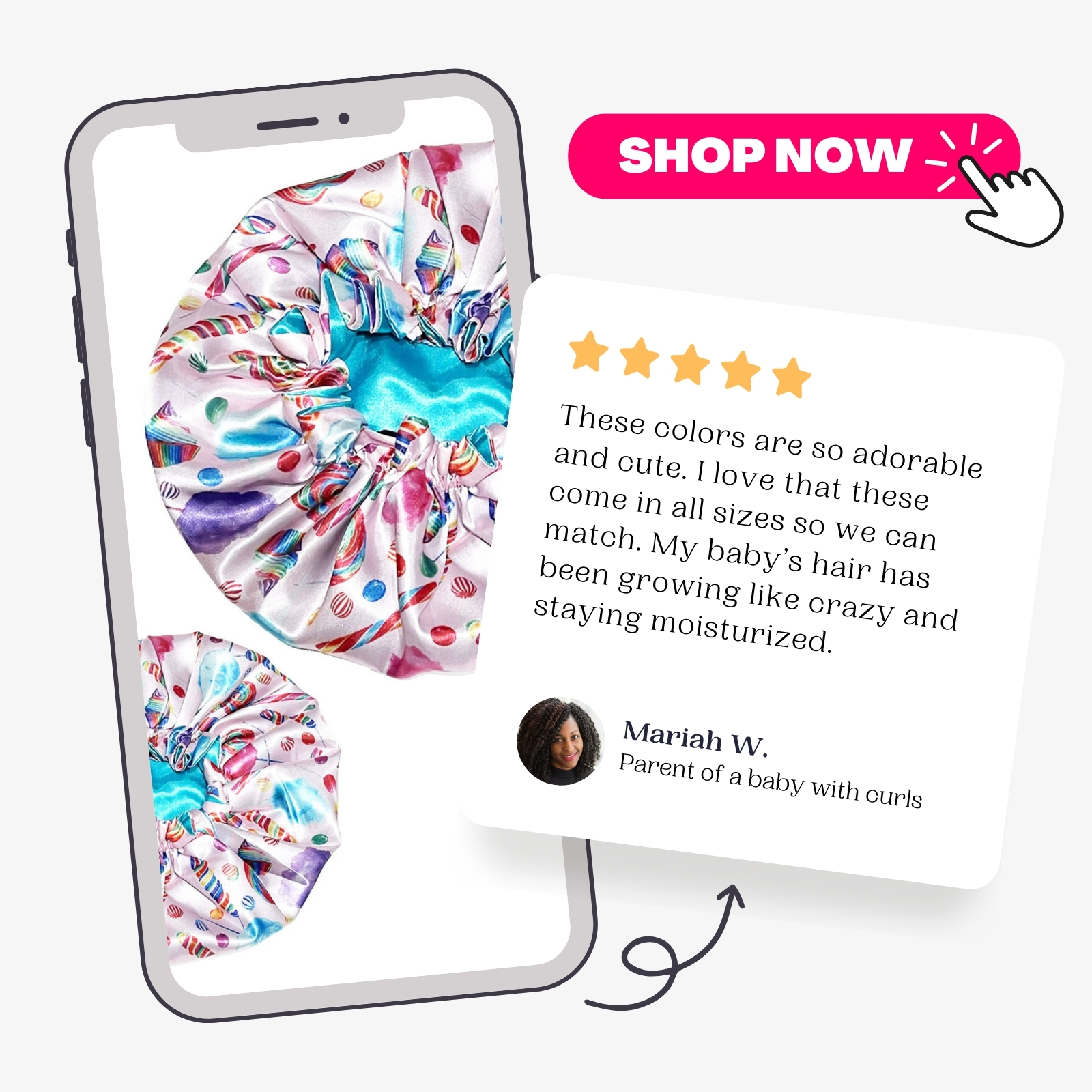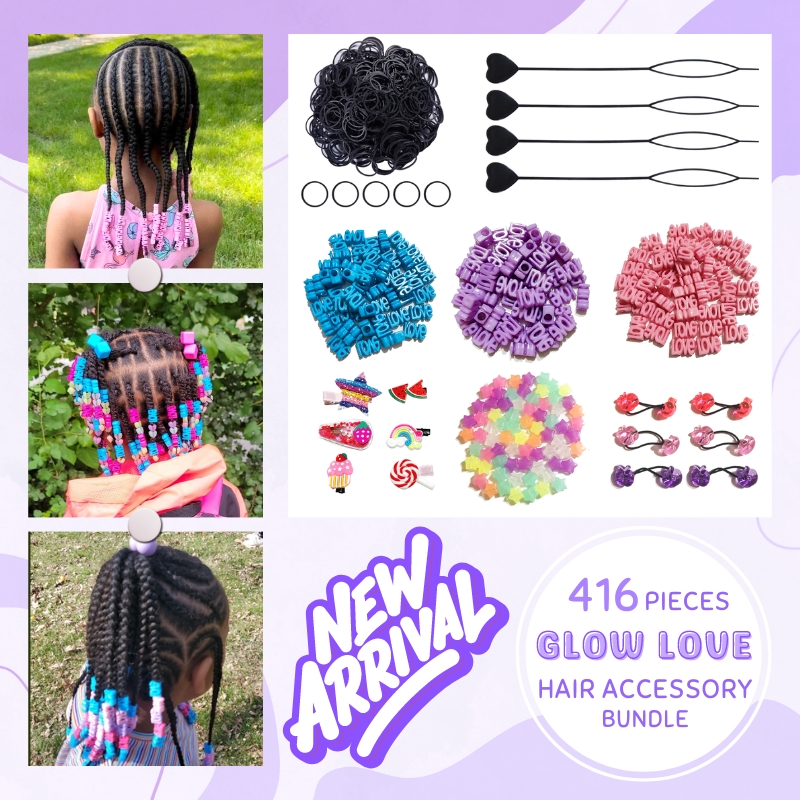
Hair Products
Best Conditioners for Kids with Kinky, Curly and Coily Hair
Whether you’re using it to follow up behind your favorite shampoo or adding it to a co-wash on your little one’s coils, there are a few things you should know about conditioners before getting started. There’s an umbrella definition that most people associate with the term but, beneath the surface, there’s a lot more to learn.
Overall, conditioners of all types are meant to soften and smooth hair follicles. With a few tweaks to the product’s ingredients, some conditioners address crucial hair issues that others leave untouched. We’ll talk about the different types of conditioners you can find lined along beauty supply isles. From there, you’ll be better armed with all the knowledge you need to research and try some suitable brands to see which works best for your child’s hair needs.
Classifying Conditioners
Although it would make the life of a parent 1,000 times easier, beauty product manufacturers aren’t required to label the “type” of conditioner they produce. After reading this article, you’ll be more aware of specific qualities to look for (and others you should avoid). Using this, you can group your conditioners based on the results they produce. By using conditioner according to its intended use, you’ll get a polished finished product and your child’s hair will thrive because of it.
Rinsing Conditioners
These are usually some of the least expensive brands on the shelf. They have the largest water base of all of the conditioners on this list, a pro and a con, depending on how you look at it.
Regular rinsing conditioners are easy to wash away. After they’ve been rinsed out, no evidence of the product remains in the hair (meaning all conditioning agents are removed when rinsed, nothing is deposited into the shaft of the hair). Because of its light and airy application and effect, regular rinsing conditioners are best used on hair that is thin or naturally oily or. These conditioners are also great to use during the detangling process as it creates great slip which allows the detangling brush or comb to glide through the strands with greater ease.
- Ingredients to Look For: Stearalkonium Chloride, Cetrimonium Chloride
- Example Brands: V05, Suave Naturals
Cream Conditioners
Unlike basic water based conditioners, products that fall into this category leave special ingredients on the hair after its rinsed. Most of the time, the instructions will call for cream conditioners to be left on the hair for a period of time before rinsing it out (some will even apply a conditioning cap and set the little one under the dryer for few minutes for an extra boost to its active ingredients).Cream conditioners are a saving grace when it comes to detangling your little one’s hair while washing. Its ingredients begin to smooth their hair follicles as soon as it’s applied, just keep a wide-tooth comb nearby and you won’t see a teary eye in sight.
A large number of products fall under the creamy conditioner category, reading the ingredients list on the conditioners in your stash on any prospective options you’re considering will give you a better idea of what that particular rinse out conditioner has to offer.
Note: These may or may not contain water-soluble silicones as well.
- Ingredients to Look For: Benzyl Alcohol, Fatty Acid Cream, PPG-9 Diethylmonium Chloride, Stearamidopropyl Dimethylamine
- Example Brands: Cantu Shea Butter Shea Butter Moisturizing Rinse Out Conditioner, Pantene Daily Moisture, Shea Moisture, Taliah Waajid
Deep Conditioners
Every now and then (typically once a week on up to monthly treatments, depending on your child’s hair), a good deep conditioning is recommended. Similar to creamy rinse out conditioners, deep conditioners add some extra benefits. Special formulas create deep moisture conditioning or added protein when applied to the hair and stimulated with heat.
You’ll still need to rinse a deep conditioner out of the hair after allowing it to penetrate the follicles for the predetermined waiting period. Pay attention to your little one’s hair to determine their need for a deep conditioning. As with any hair product, read the ingredients list and be prepared for a bit of trial and error before coming across your holy grail.
Note: For the best results, try to find a deep conditioner that contains natural moisturizers like the oils and butters we discussed in our Decoding the Truth Behind Moisturizers, Butters, & Oils post
- Ingredients to Look For: Polyquarternium 4, 7, 10, 11, 24, 29, & 44, Celluloses
- Example Brands: Camille Rose Naturals Algae Renew Deep Conditioning Mask,
Eden Body Works Jojoba Monoi All Natural Deep Conditioner, Shea Moisture Deep Treatment Mask, Carol’s Daughter Repair Mask
Protein Treatments
A head full of healthy hair relies heavily on having enough protein in its strands. Protein treatments are usually spaced much farther than your typical deep condition. Not to be confused with a protein deep conditioning, these treatments don’t add any moisturizing agents to the hair.
After the hair has been stressed by heat, straightening, chemical treatments, coloring, harsh water, and various other environmental factors, protein treatments revitalize the follicles and bring the hair back to life. They reverse damage and coat the hair with a protective layer of protein. This reconstruction normally sticks around for a few weeks after each treatment. You don’t want to overdo the protein, that protective layer weighs down the strands and, if done too often, can make the hair hard and brittle, and even alter your child’s natural curl pattern.
Don’t be alarmed, when done correctly, protein treatments do far more good than harm. They’re activated with heat and rinsed away for you to enjoy thick, healthy hair for a few weeks.
Note: For an all-natural protein treatment, many people look to henna. Depending on your child’s age, you may want to look deeper into henna or allow a professional apply it.
- Ingredients to Look For: Peptides, Amino Acids, Hydrolyzed Protein
- Example Brands: ApHogee Two-Step Protein Treatment
Leave-In Conditioners
No matter your child’s age, you can never have enough leave-in handy. It makes detangling wet or dry hair so much easier and doubles as a daily moisturizer. Leave-in conditioner can come in cream or liquid form. You can apply it to a quick twist out for shiny, defined curls or use it as a base for moisturizing coarse, kinky coils after washing with standard rinsing conditioner.
Note: Be careful with the amount of alcohol you add to your child’s hair. You don’t want to strip its natural oils by neglecting to balance it out with added moisture and sealing.
- Ingredients to Look For: Benzyl Alcohol, Stearyl Alcohol, Cetyl Alcohol
- Example Brands: Cantu Shea Butter Leave In Conditioning Hair Repair Cream, Kinky-Curly Knot Today, Taliah Waajid Kid’s Detangler
This is a comprehensive list of the qualities and ingredients found in various conditioners. Based on each description, you should have a better idea of when and how to include each conditioning method in your child’s hair care regimen.
Depending on the brand, the ingredients can be as vast or as scarce as the brand allows. Some of your favorites may have a laundry list of mixings. If those scientific ingredients sound a little too scary, there is definitely great value in making your own conditioners. Most home recipes may only call for a few items you can find around the kitchen.




